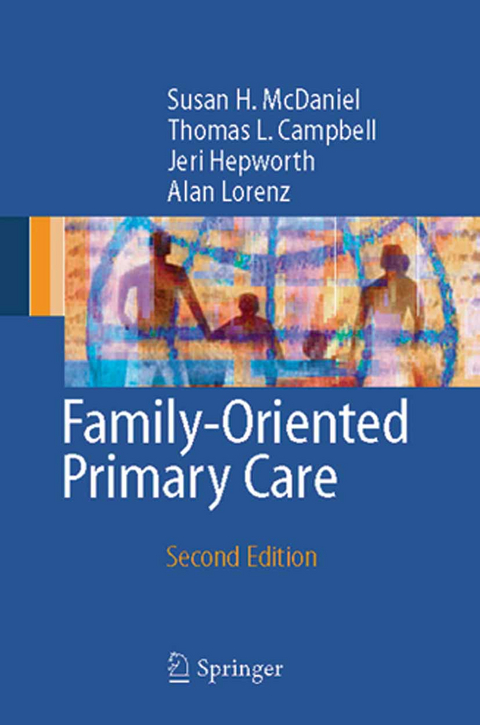
Family-Oriented Primary Care
Springer-Verlag New York Inc.
978-0-387-98614-2 (ISBN)
I was a Medical Student in 1966 when the Millis Report on the training of the generalist physician was published,de?ning the concept of primary care. According to the Report, the primary provider has four major responsib- ities or roles. The ?rst role is that of initial contact care of the undiffer- tiated patient. The second is to provide comprehensive care based on the belief that the primary provider should be able to manage the overwhe- ing majority of problems with which patients present. Equally important is the third role—continuity and coordination of care within the health care system. Finally,the primary provider is responsible for demonstrating le- ership in the community. This Report’s description of a primary provider seems as relevant today as it was when it was written. In 1994,the Institute of Medicine’s assessment of primary care added the responsibility of family and community integration of care to the Millis Report description. Without question there are many challenges to a contemporary imp- mentation of this comprehensive description of primary care, beginning with the level of individual patients who so often suffer from complex pr- lems, such as mental disorders and obesity. Treating these conditions in a brief primary care visit is dif?cult. At the level of the larger system, re- bursement is often inadequate and can represent policies that are uns- portive of primary care, such as those that compromise payment for preventive services that help patients to quit smoking or lose weight.
Basic Premises of Family-Oriented Primary Care.- How Families Affect Illness: Research on the Family's Influence on Health.- Family Systems Concepts: Tools for Assessing Families in Primary Care.- A Family-Oriented Approach to Individual Patients.- Involving the Family in Daily Practice.- Building Partnerships: Promoting Working Alliances and Motivation for Change.- Family Interviewing Skills in Primary Care: From Routine Contact to the Comprehensive Family Conference.- When Interactions Are Difficult.- Working with Couples in Primary Care: One Plus One Is More Than Two.- The Birth of a Family: Family-Oriented Pregnancy Care.- Supporting Parents: Family-Oriented Child Healthcare.- When Parents Get Stuck: Helping with Child Behavior Problems.- Family-Oriented Care of Adolescents.- Recognizing the Signs of Strain: Counseling Couples in Primary Care.- Anticipating Loss: Healthcare for Older Patients and Their Family Caregivers.- Looking Death in the Eye: Facilitating End-of-Life Care and the Grieving Process.- Genetic Screening, Testing, and Families.- The Developmental Challenges of Chronic Illness: Helping Patients and Families Cope.- Integrating the Mind—Body Split: A Biopsychosocial Approach to Somatic Fixation.- Mobilizing Resources: The Assessment and Treatment of Depression in Primary Care.- When Drinking or Drugs Is Part of the Problem: A Family Approach to the Detection and Management of Substance Use and Abuse.- Protecting the Family: Domestic Violence and the Primary Care Clinician.- Family-Oriented Primary Care in the Real World: Practical Considerations for Comprehensive Care.- Acute Hospital Care: Letting the Family In.- Working Together: Collaboration and Referral to Family-Oriented Mental Health Professionals.- Managing Personal and ProfessionalBoundaries: How the Clinician's Experience Can Be a Resource in Patient Care.
| Vorwort | D. Satcher |
|---|---|
| Zusatzinfo | 26 Illustrations, black and white; XX, 484 p. 26 illus. |
| Verlagsort | New York, NY |
| Sprache | englisch |
| Maße | 155 x 235 mm |
| Themenwelt | Medizin / Pharmazie ► Allgemeines / Lexika |
| Medizin / Pharmazie ► Medizinische Fachgebiete | |
| ISBN-10 | 0-387-98614-6 / 0387986146 |
| ISBN-13 | 978-0-387-98614-2 / 9780387986142 |
| Zustand | Neuware |
| Informationen gemäß Produktsicherheitsverordnung (GPSR) | |
| Haben Sie eine Frage zum Produkt? |
aus dem Bereich


